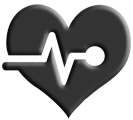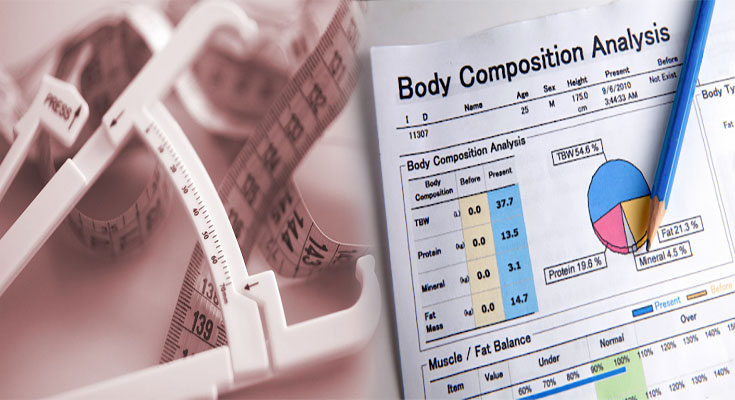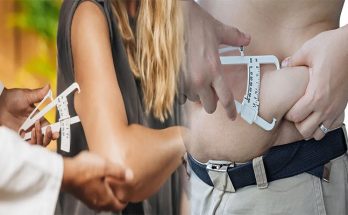Monitoring body fat percentage is essential for understanding and managing overall health. Unlike simply tracking weight on a scale, measuring and tracking body fat percentage provides a more comprehensive picture of body composition. It allows individuals to focus not only on weight loss or gain but also on achieving a healthy balance of fat and muscle mass. In this article, we will explore accurate methods for measuring and tracking body fat percentage that can contribute to an improved understanding of overall health.
Dual-Energy X-ray Absorptiometry (DXA):
DXA scans are considered one of the most accurate methods for measuring body fat percentage. This non-invasive procedure uses X-rays to measure bone density, lean mass, and fat mass. DXA scans provide a detailed analysis of body composition, including precise measurements of fat stored in different regions of the body.
Skinfold Calipers:
Skinfold calipers are handheld devices that measure the thickness of skin and underlying fat at specific body locations, usually the triceps, abdomen, and thigh. These measurements are then used to estimate overall body fat percentage using specific formulas. Skinfold calipers require proper technique and training to ensure accurate results, but they can be a cost-effective and convenient option for tracking body fat percentage.
Bioelectrical Impedance Analysis (BIA):
BIA instruments use small electrical currents to estimate body composition. The current passes through the body, and the resistance encountered helps determine the amount of fat and lean tissue present. While BIA devices are widely available and easy to use, it is crucial to follow the instructions carefully and note that factors such as hydration level and recent exercise can influence the results.
Air Displacement Plethysmography (ADP):
ADP, commonly known as the Bod Pod, measures body composition by calculating changes in air pressure. It involves sitting inside a machine while it measures the air displaced by the body. ADP is a reliable method for assessing body fat percentage, but it is usually only available in specialized facilities.
DEXA Scan Alternatives:
In recent years, alternative methods have emerged that aim to estimate body fat percentage using smartphones or smart scales. These methods use advanced algorithms that analyze factors like weight, height, age, and gender to estimate body fat. Although convenient, it’s important to note that these methods may not be as accurate as the more sophisticated techniques mentioned earlier.
To accurately track body fat percentage over time, consistency is key. It is advisable to use the same measuring method consistently, taking measurements under similar conditions, such as at the same time of day and under similar hydration status. While some methods may provide immediate results, it is the long-term trends and changes that best reflect progress in body composition.
In addition to measuring body fat percentage, it is important to remember that overall health is not solely determined by body composition. Factors such as nutrition, physical activity, sleep, and stress management also play crucial roles. Ideally, body fat percentage measurements should be viewed as part of a comprehensive approach to overall health and well-being.
Accurately measuring and tracking body fat percentage is an important aspect of understanding overall health and body composition. Methods such as DXA scans, skinfold calipers, BIA, ADP, or alternative techniques can provide valuable insights when used consistently and in conjunction with other indicators of health and wellness. By incorporating these methods into a holistic approach to health, individuals can better understand and manage their body composition, leading to improved overall health and well-being.





